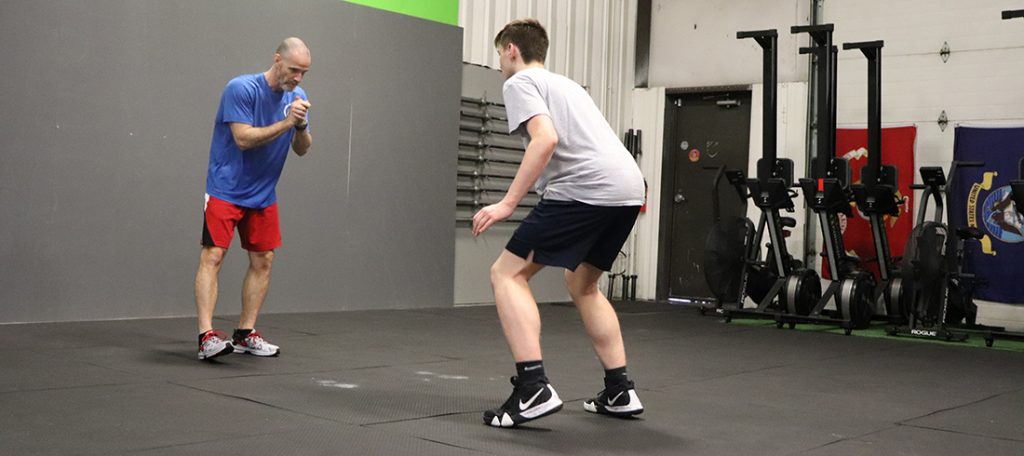Testing Movement
Does testing movement really do what we think it does?
I have tested more athletes over the past two decades than I can possibly count. Did I become any smarter or learn more about my athletes from it?
I am not so sure…
The Athlete’s Movement Ability:
Athletes are designed to move. They certainly have flaws, issues with ROM and issues with skill learning, but overall we are all design to move. Knowing this fact, “Do I really need to test them or would I be better served to just watch them participate in active play and sports”?
The reason I ask is because I want to be able to see their purest form of movement without them worrying about being judged with my testing. If we believe testing is good and we come up with a battery of tests for testing movement, then what do we really know, even if six weeks down the road we improve on these tests?
The Athlete During Sport Events:
When I watch an athlete move while playing in his sport I can witness things that are difficult to test and make the athlete great. For instance, I can see an athlete use tactics to faking a player out or change speeds and use fakes to change the path of the other team. I also can see a player who knows how to position his body in front of an opponent to make a great play. When I watch a player play, I can see how his skill level is with a ball, bat, stick… and how it effects his athletic movement potential. For example, a bad dribbler won’t be very fast because he lacks ability to dribble. So, is testing movement really giving me a big enough picture?
What is Testing Doing?
When testing athletes, I can certainly see a starting point and how much they have gained or failed to gain. The question is, “What is it really telling me as it relates to how it helps them play”? I am not sure. Some of my athletes have improved tremendously in tests but it really didn’t help them play the sport better. It simply showed they became better at a controlled test. While some athletes become better at tests and in their sport.
The real question is, “Did I need to test these athletes to find out they don’t move well? My answer is, NO! I can see this during training sessions. Again, I ask, “Do I need to test them to tell me what I will see during a training anyways”?
Can My Eyes Do it Better?
When I watch an athlete in the first session of a workout, the first few minutes of a game or playing outside, I can see the flaws or strengths much faster than if I had to test them. When testing I can set up various situations, but seeing them moving in their sport or practice gives me a very specific look at their movement. My point is, numbers don’t give me the answers I personally want to see.
Testing or Not?
I am certainly not opposed to testing and I will use it when I need it. However, if an athlete shows up slow on a lateral shuffle test or a 40 yard sprint, then I will see this during training, or better yet during their sport play? So, is testing doing what it is suppose to? Maybe, but I am starting to think I can serve my athletes better by simply going straight into training and attack the issues that are present.
Even with regards to strength testing. When starting a strength program, can’t I clearly see an athlete’s strength level? Yes, I can! I am not going to start him on max lifts immediately, so why test him with a max when I can see where he needs to be within the first few workouts as we develop technique? Again, I am not opposed to testing. I just want to make sure testing is not needed all the time. We tend to be a testing society. In most cases, the answers we are looking for are right in front of our face.
For more education on this topic, Speed Insiders Course is your best option.

